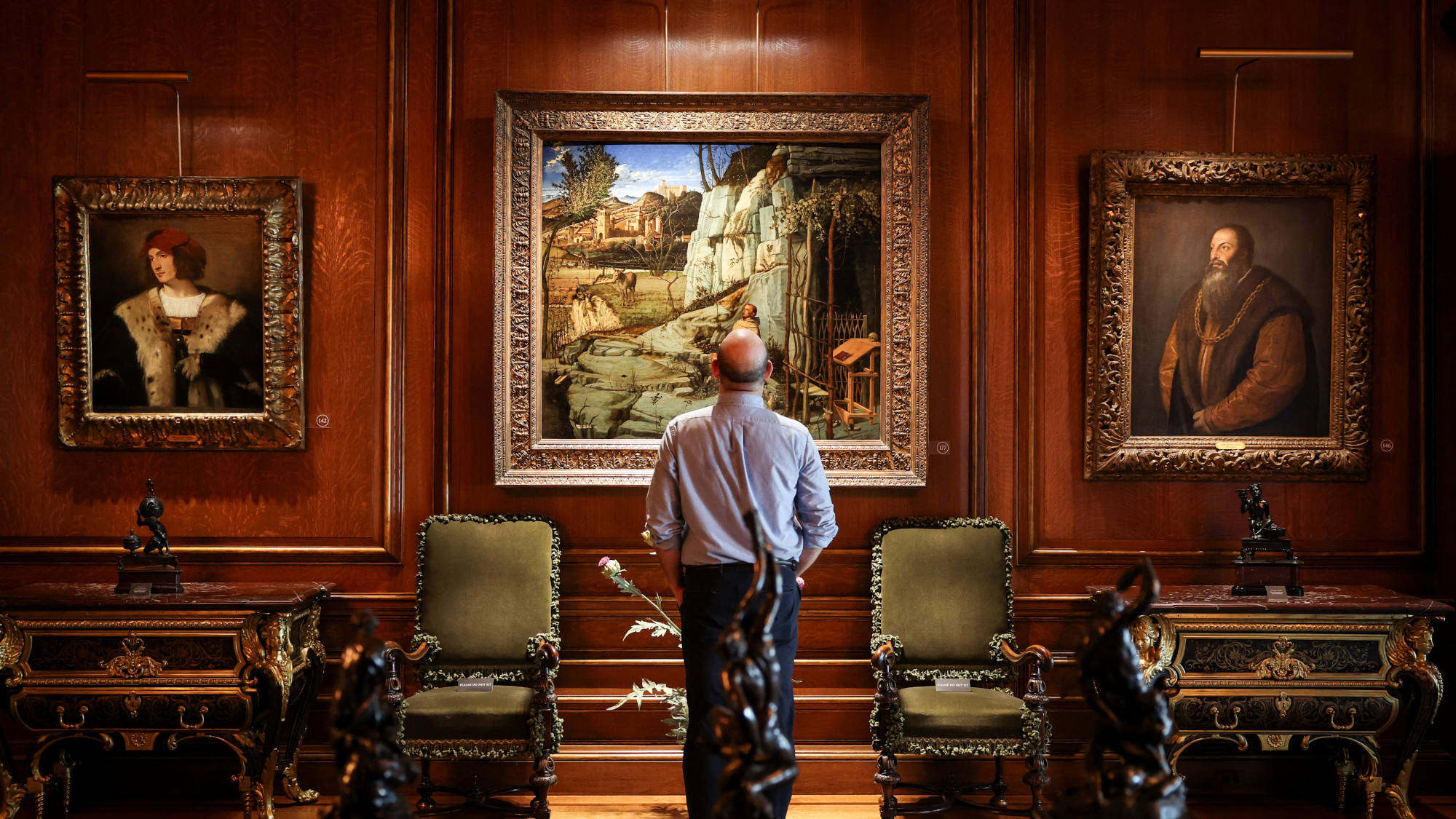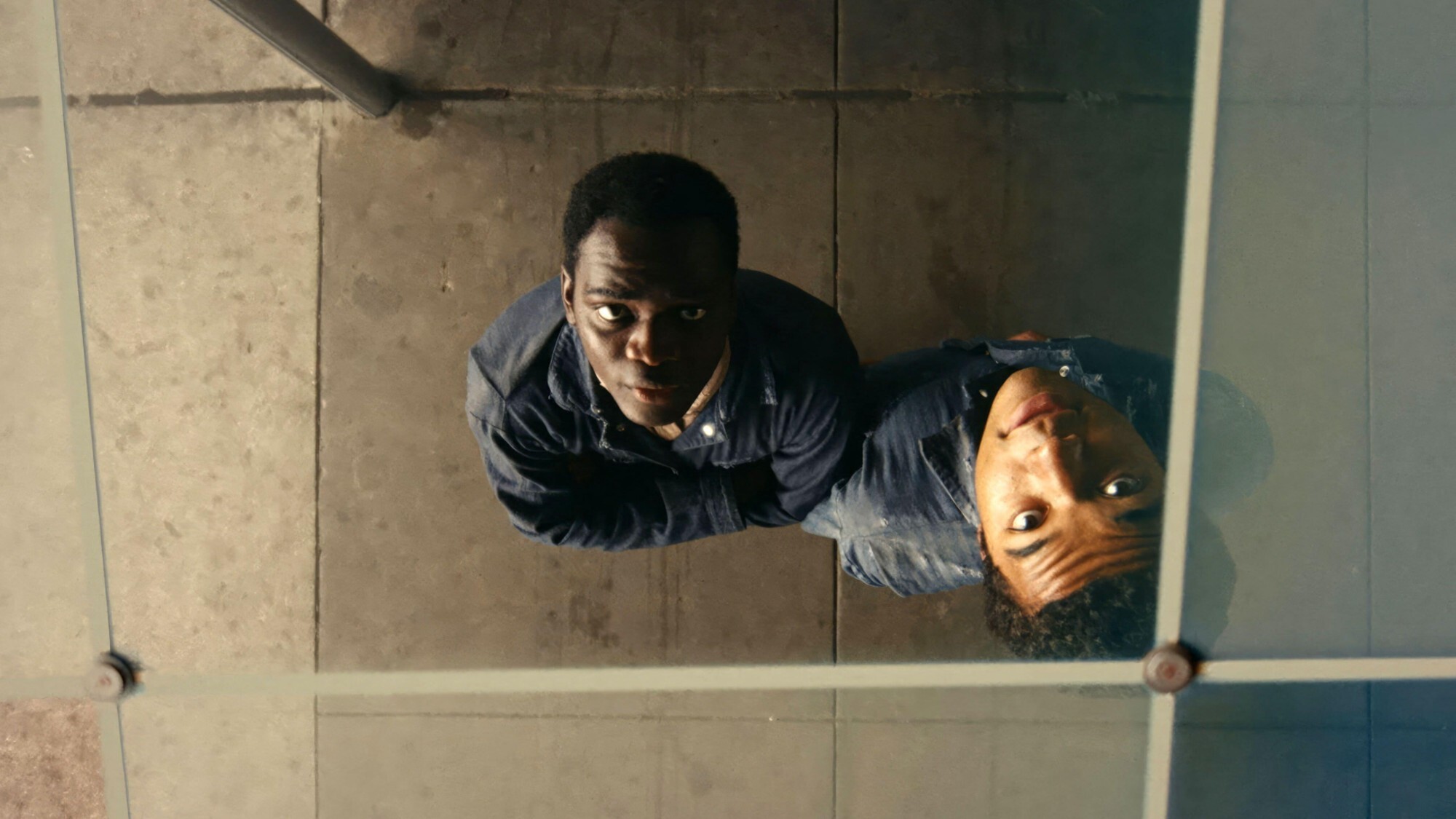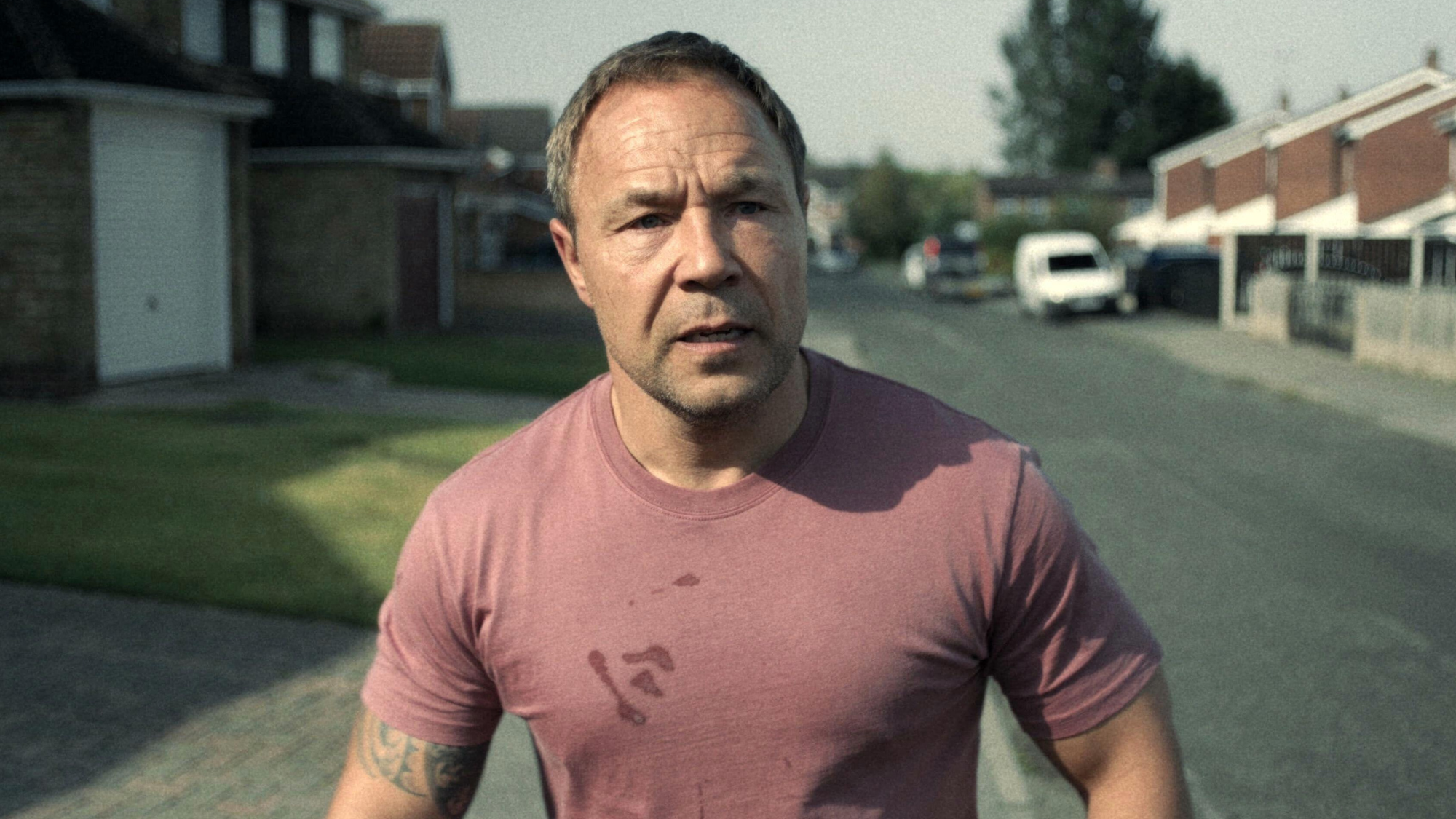Art review: The Frick Collection
After a $330 million renovation and expansion, New York City's Frick Collection has reopened to the public

"It's the same. Only better," said Eric Gibson in The Wall Street Journal. After a four-year, $330 million renovation and expansion, New York City's Frick Collection reopened to the public in mid-April, and art lovers who already treasure the institution and its astonishing Old Master paintings "will feel as if they are experiencing the museum for the first time." Display space has grown by 30 percent, affording the curators "the chance to not just reinstall but reconceive the collection," and they've done so with a subtle hand. While many of the Frick's greatest paintings hang in familiar places in the 1914 mansion's grand first-floor rooms, the Frick family's upstairs living quarters serve now as additional galleries rather than office space. Those added rooms have been used to provide greater perspective on how industrialist Henry Clay Frick and other family members built the collection. The more intimate spaces also make better showcases for small works, such as a charming 1822 cloud study by John Constable.
The Frick remains, "by so many miles," the finest small urban museum in the world, said Adam Gopnik in The New Yorker. Walk into its grand West Gallery and you'll see a Rembrandt self-portrait, two Turner harborscapes, a Vermeer, a Goya, and a Velázquez. Take in every room and you may discern that Frick favored portraits of "rich men dressed for work," such as Holbein's Thomas Cromwell or Whistler's Comte Robert de Montesquiou-Fezensac. Even Bellini's St. Francis in the Desert shows the itinerant preacher just steps from an outdoor desk. "Frick's people are people like Frick: men of power and influence." In part for that reason, at this museum, "thoughts inevitably circle back to the vexed questions of wealth and commerce, and their role in making, collecting, and commodifying art." Frick was not a great guy. He exploited immigrant labor and crushed unions. But arts patronage like his does make careers such as Rembrandt's possible. And in exchange for allowing accumulations of wealth on Frick's scale, we are granted "a landscape of shared splendor," including places like this.
The Frick isn't stuck in the past, said Christian K. Kleinbub in ArtNews. It has cultivated an online audience, it proactively raises questions about its founder, and it spotlighted neglected artists while operating out of temporary space these past four years. But the Frick "has always been an oasis of beauty" because it has remained supremely confident that its treasures, including its decorative-arts holdings, don't need to be argued for. You won't even find the distraction of wall labels here, which is what makes today's Frick "more precious than it has ever been." It is special "because it helps us imagine what the world should be. It offers a dream of art, where images enchant as much as instruct."
The Week
Escape your echo chamber. Get the facts behind the news, plus analysis from multiple perspectives.

Sign up for The Week's Free Newsletters
From our morning news briefing to a weekly Good News Newsletter, get the best of The Week delivered directly to your inbox.
From our morning news briefing to a weekly Good News Newsletter, get the best of The Week delivered directly to your inbox.
A free daily email with the biggest news stories of the day – and the best features from TheWeek.com
-
 Wilde Cambridge: home-away-from-home in a prime city spot
Wilde Cambridge: home-away-from-home in a prime city spotThe Week Recommends This laid-back aparthotel is the perfect base for a weekend of exploring
-
 The best alcohol-free alternatives for Dry January
The best alcohol-free alternatives for Dry JanuaryThe Week Recommends Whether emerging from a boozy Christmas, or seeking a change in 2026, here are some of the best non-alcoholic beers, wines and spirits to enjoy
-
 A lemon-shaped exoplanet is squeezing what we know about planet formation
A lemon-shaped exoplanet is squeezing what we know about planet formationUnder the radar It may be made from a former star
-
 The ultimate films of 2025 by genre
The ultimate films of 2025 by genreThe Week Recommends From comedies to thrillers, documentaries to animations, 2025 featured some unforgettable film moments
-
 Into the Woods: a ‘hypnotic’ production
Into the Woods: a ‘hypnotic’ productionThe Week Recommends Jordan Fein’s revival of the much-loved Stephen Sondheim musical is ‘sharp, propulsive and often very funny’
-
 The best food books of 2025
The best food books of 2025The Week Recommends From mouthwatering recipes to insightful essays, these colourful books will both inspire and entertain
-
 Art that made the news in 2025
Art that made the news in 2025The Explainer From a short-lived Banksy mural to an Egyptian statue dating back three millennia
-
 8 restaurants that are exactly what you need this winter
8 restaurants that are exactly what you need this winterThe Week Recommends Old standards and exciting newcomers alike
-
 Nine best TV shows of the year
Nine best TV shows of the yearThe Week Recommends From Adolescence to Amandaland
-
 Winter holidays in the snow and sun
Winter holidays in the snow and sunThe Week Recommends Escape the dark, cold days with the perfect getaway
-
 The best homes of the year
The best homes of the yearFeature Featuring a former helicopter engine repair workshop in Washington, D.C. and high-rise living in San Francisco